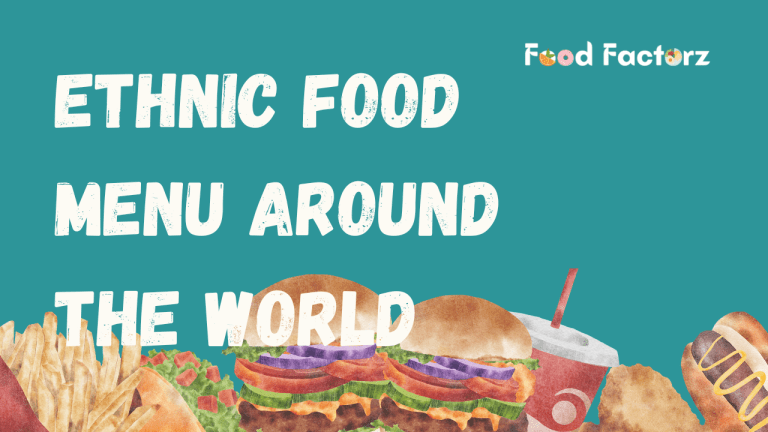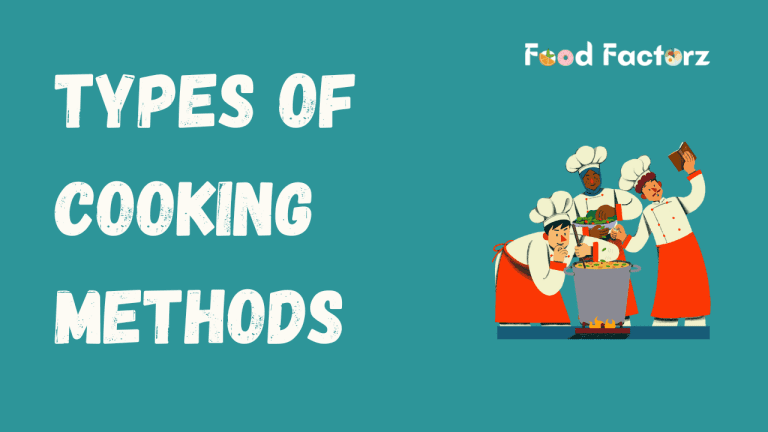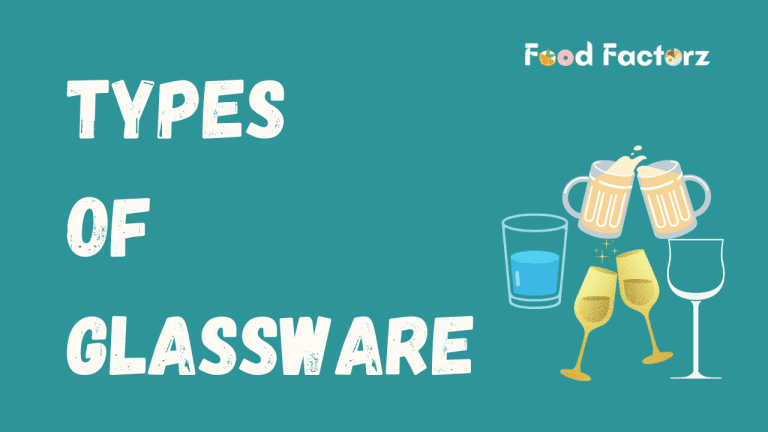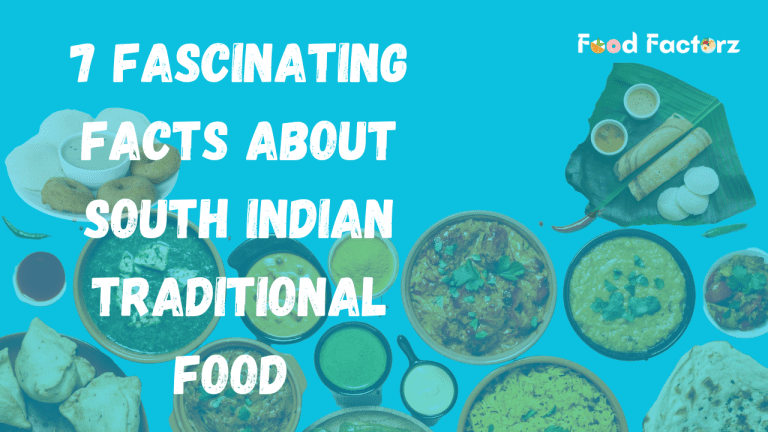Hello foodie!!! Today we will learn about French cuisine. Let’s discover the traditional French classical menu that is followed by the world today.

Introduction
A French Classical Menu refers to a culinary tradition that originated from the French Culinary industry. This menu typically features dishes that are made with a variety of ingredients like meat, seafood, vegetables and fruits. The dishes are often served in a specific order that starts with an appetizer and ends with a beverage.
The Classical French Menu was made in Europe over 100 years ago. Still, we follow this sequence for arranging the classic menu. Nowadays full classical menu is rarely served except as a special dinner or banquet menu.
Get ready to deep dive into the world of the 17 French classical menu-
Hors d’oeuvres (Appetizers)
Hors d’oeuvres is the French term for Appetizer. Under the French classical menu, it is the first course served as a starter to start the meal. Some of the examples of Hors d’oeuvres are Jalapeno poppers, pupu platters, melon frappe and so on.

Potage (Soups)
Potage is best known as soups. It is the second course in the Menu. Here all types of soups come under the Potage category. It includes both hot as well as cold soups. However, it must be noted that the clear soup is always placed first on the menu. some examples of Potage are green bean soup, French onion soup, and Menudo.
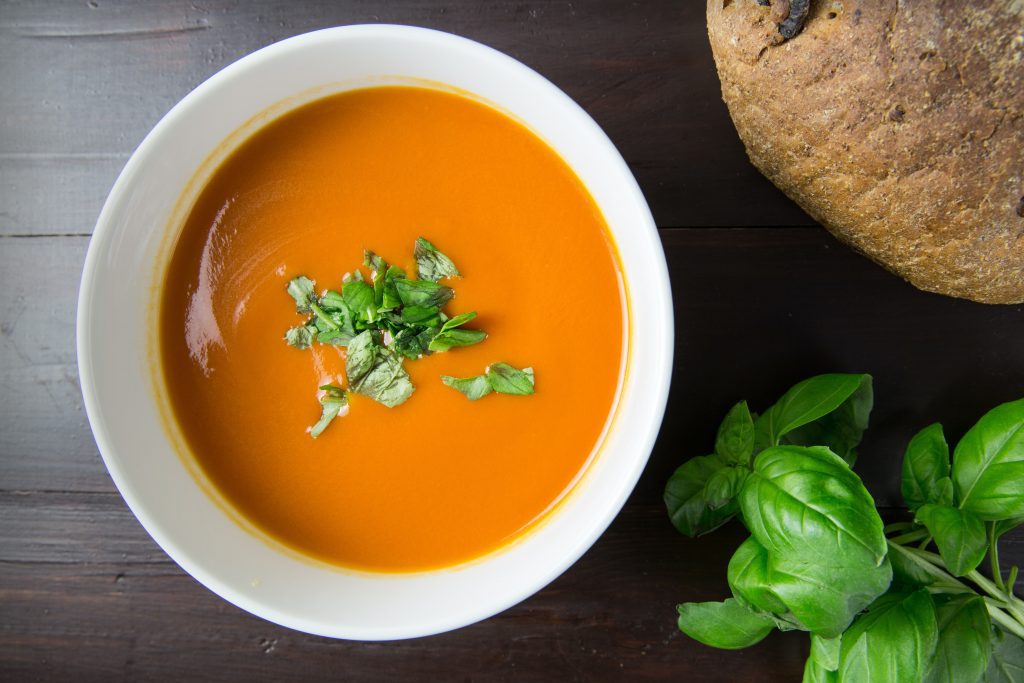
Oeufs (Eggs)
Oeufs are nothing but all dishes that are made of eggs. It is served as a third meal or course but this course will not be included in the dinner menu. Best examples for Oeufs include Egg omelette, poached eggs, scrambled eggs and many more.
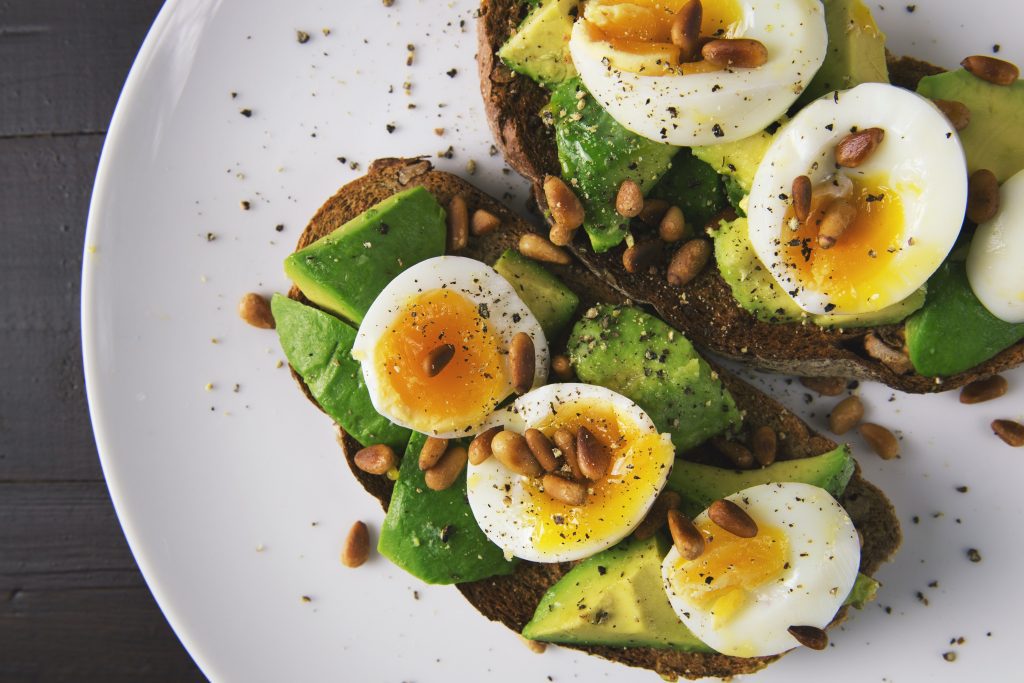
Farineux (Pasta & Rice)
Farineux is the French term for Pasta or Rice. This is Italy’s contribution to the courses of the menu. It is served as the fourth course under the French classical menu. It includes all types of kinds of pasta and rice. Basically, this course is rich in carbohydrates. Examples of Farineux are spaghetti, macaroni, Ravioli, and fried rice.
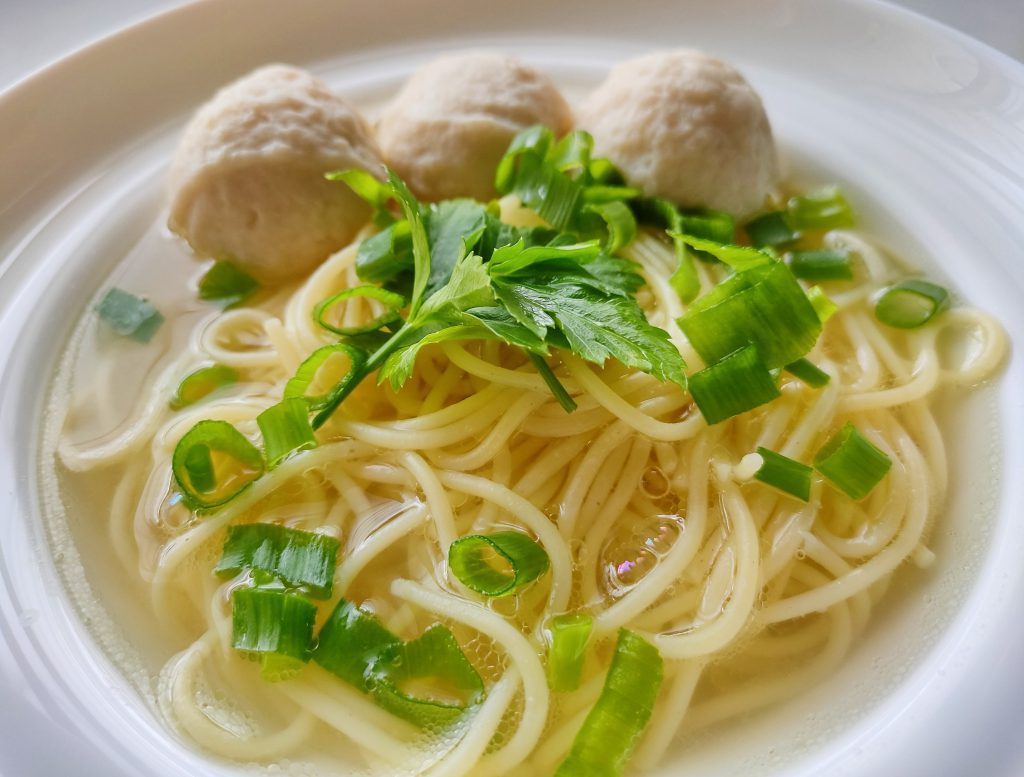
Poisson (Fish)
Poisson is a dish made for fish. The Poisson course includes all hot and cold fish dishes. Based on the time of the meal and the fat of the meat the fish dishes are served accordingly. Here are some examples of Poisson sole meuniere, sole cubert, poached salmon and many more.
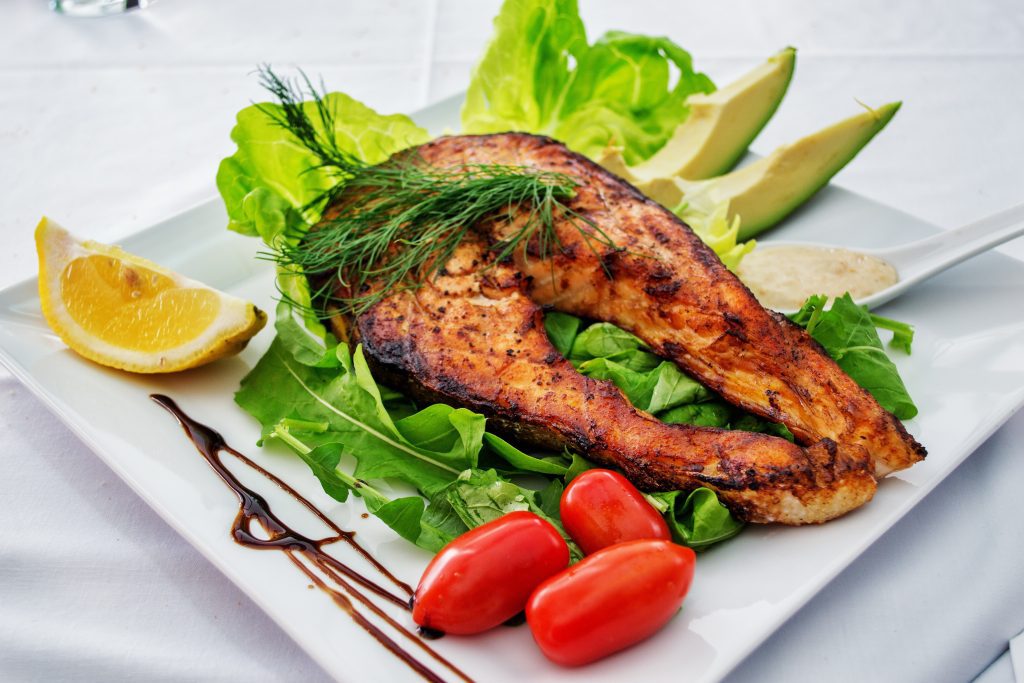
Entree (Entree)
Entree is the first meat course that comes under the French classical menu. Entrees are generally small-portioned, well-garnished dishes accompanied by a rich sauce or Gravy. some of the dishes that come under Entrees include steak Daine, minute steak, and Madagascar filet mignon.
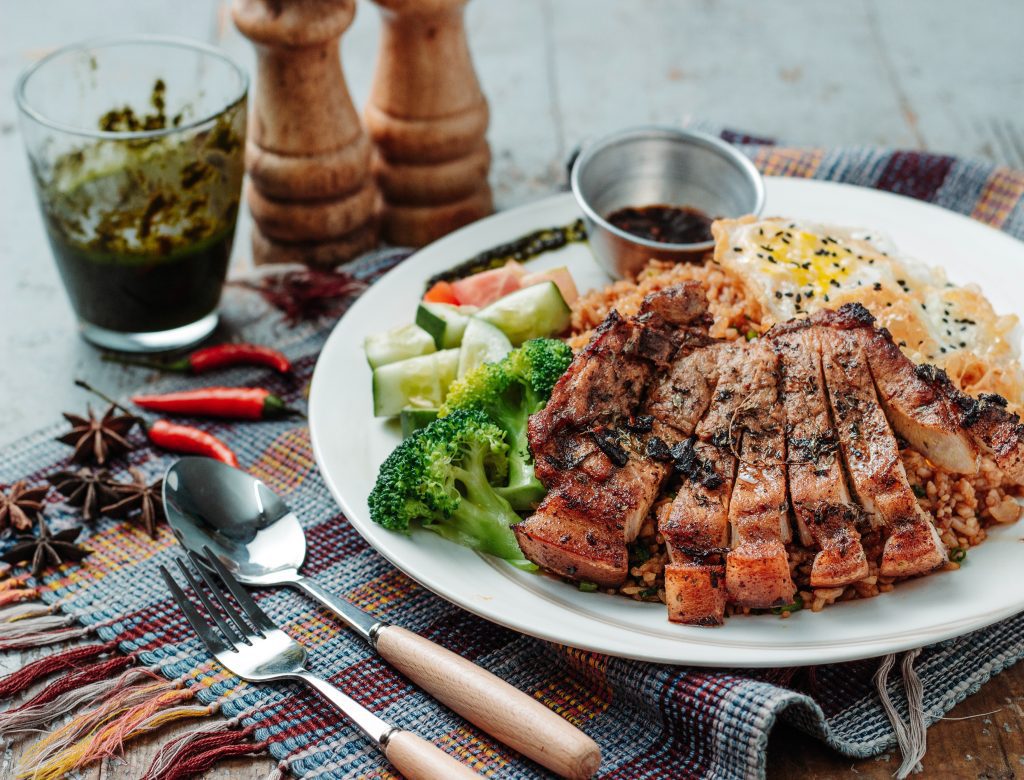
Sorbet (Sorbet)
Because of the length of the French classical menu, this course is considered the resting point in between the courses to refresh the palate. Sorbet is flavoured iced water which is often unsweetened fruit juices. lemon sorbet, peach sorbet champagne sorbet are some examples of this course.
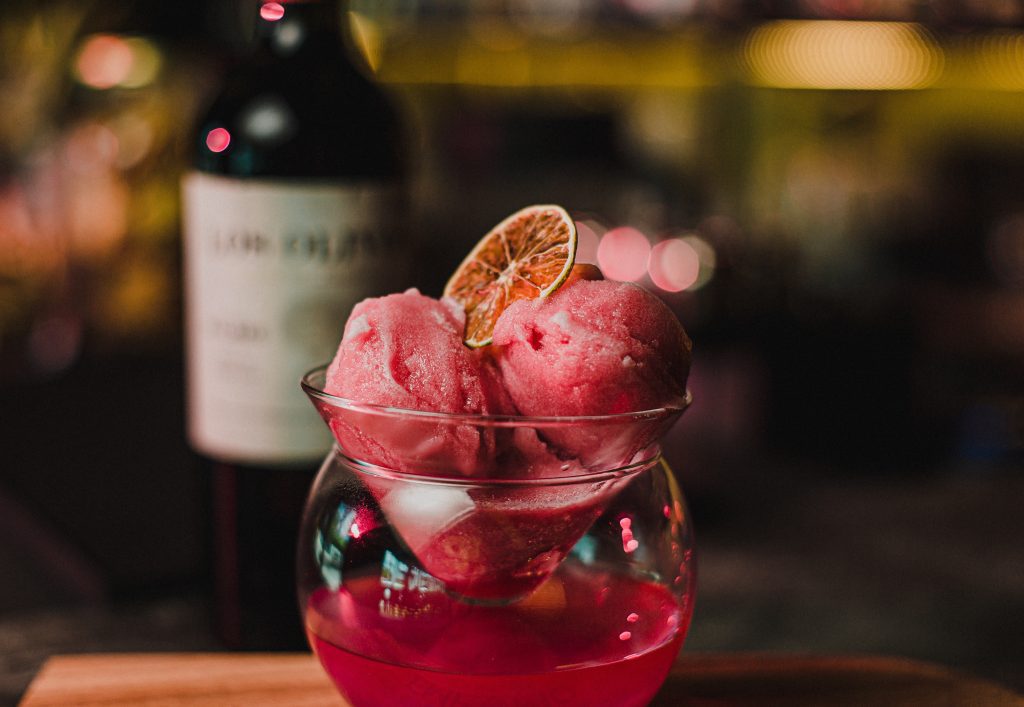
Releve (Joints)
This is the main meat course on the menu. Releves are often larger than entrees. These are the joints that are roasted and served with gravy and vegetables. Some of the common examples for Joints or Releve are roast leg of lamb, chicken Maryland, garlic butter herb prime rib.
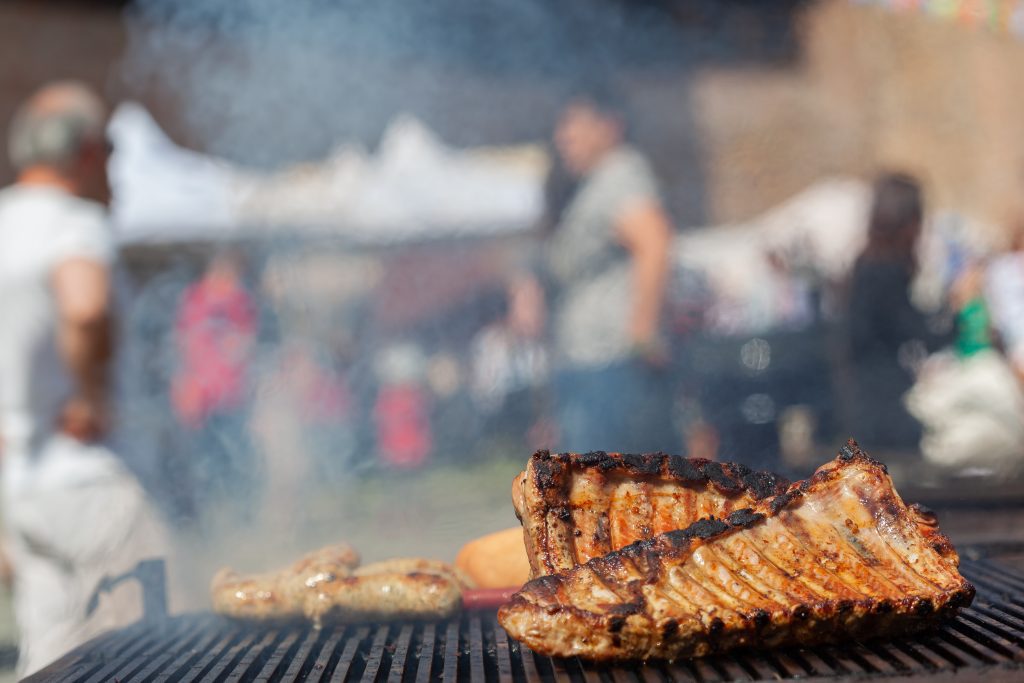
Roti (Roast)
Roti is the French term for roast, at this stage, the balance of course is gradually decreasing from heavy to light. This course of French Classical menu always contains the roast of game or poultry meat. Examples of Roti are roast chicken, roast quail, braised duck and many more.
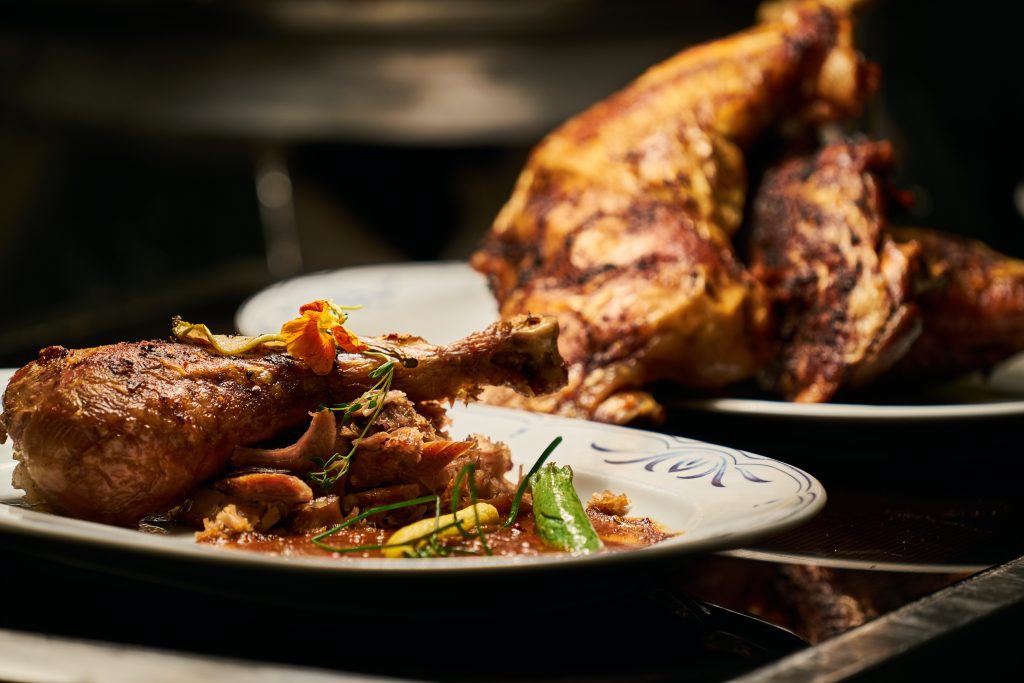
Legumes (Vegetables)
We now have vegetable dishes served only with their accompanying sauces. Apart from vegetables served with the Relevé or Roast courses, may be served as a separate course, although these types of dishes are now more commonly served as starters. examples are Choufleur mornay, pommes au four, steamed veggies and stir-fried green peas.
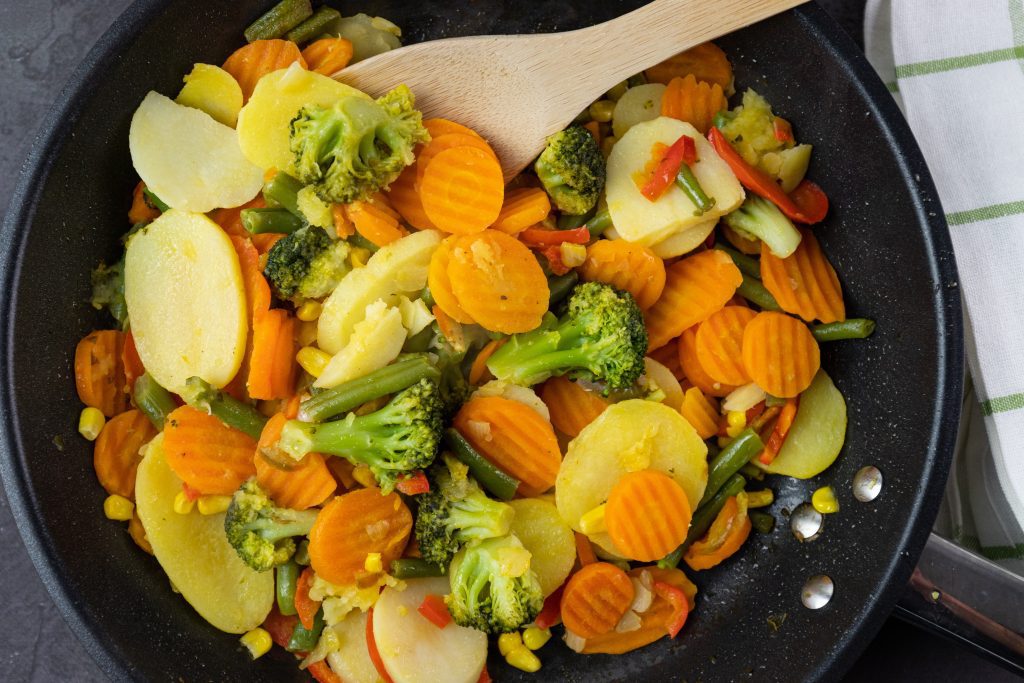
Salade (Salad)
Salade is also known as salad, various types of salads are served during this course. there are two main types of salads. One is a Plain salad consisting of two main vegetables and a Compound salad includes meat, fish and vegetables with a proper dressing. some of the examples of Salade are Russian salad, salade vert, salade francaise and so on.
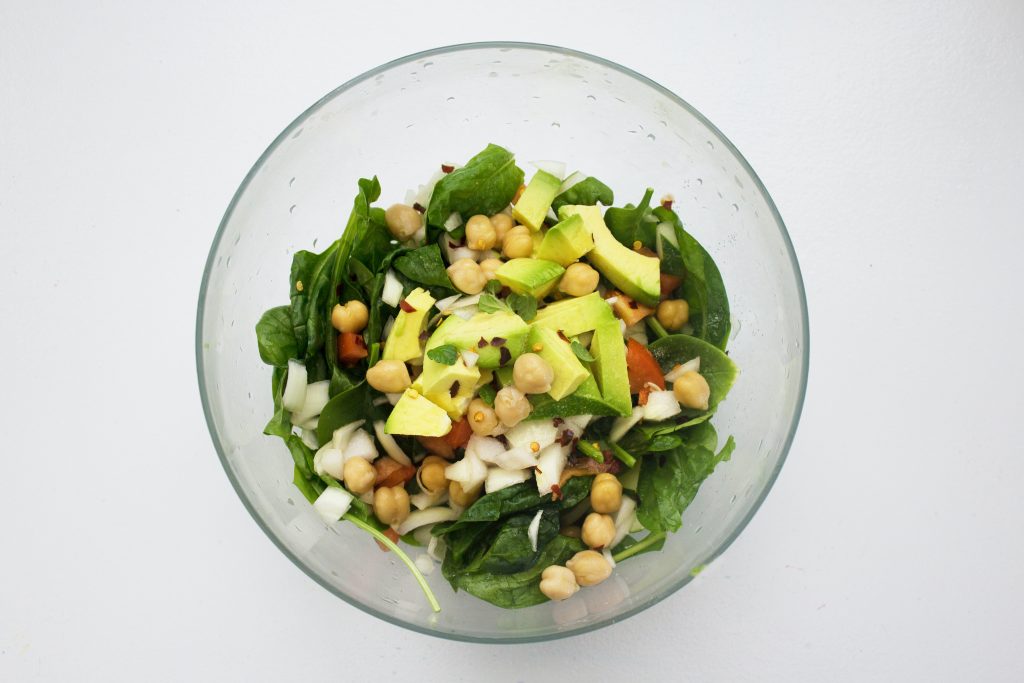
Buffet Froid (Cold buffet)
Buffet Froid is also known as a cold buffet. As the same says in this 12th course of the French classical menu, chilled meat in small portions or pieces is served. Some well-known examples are sushi, oyster, party carbs puffs and curried lobster.
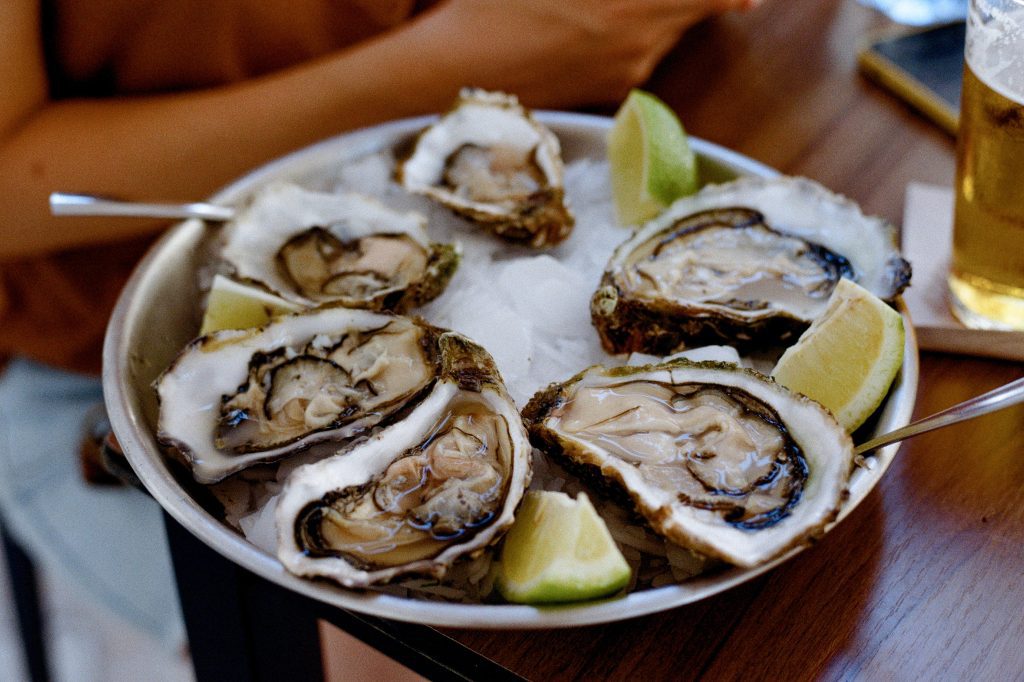
Entremets (Sweets)
Entremets are sweets. In this sweet course hot and cold pudding, mousse, pastries, cake and souffle are served. Examples of Entremets are Blackberry Opera, chocolate-chestnut Dome, Indian kheers, and creme caramels.
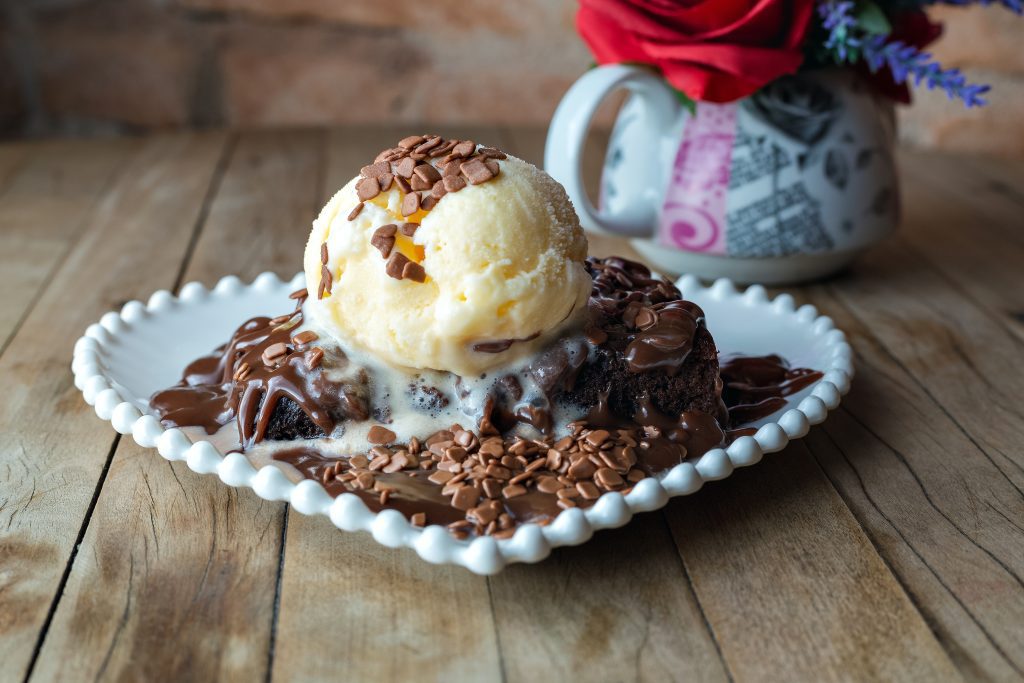
Savoureux (Savoury)
Savoureux means all savoury dishes. A dish of pungent taste, such as anchovies on toast or pickled fruit. They are served hot on toast or as savoury soufflé. Welsh rarebit, Scotch woodcock, and Canape Diane are some of examples.

Fromage (Cheese)
Fromage is the French term for Cheese. this course includes all ranges of cheese and also includes accompaniments of bread, celery, grapes and crackers. Examples of Fromage are cheese souffle, Gouda, and Feta.
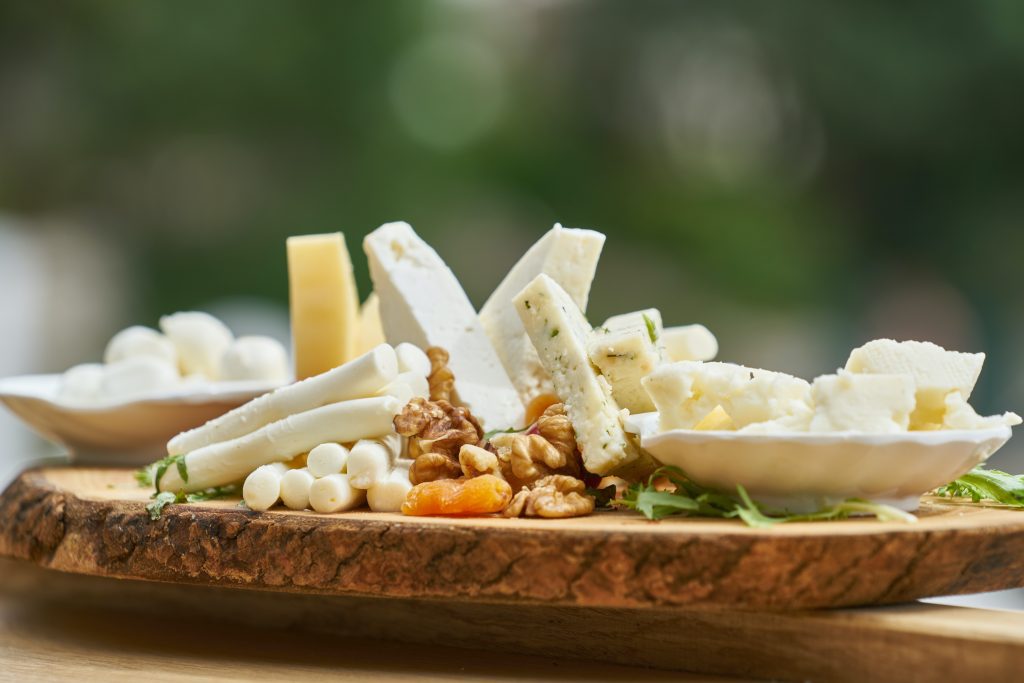
Dessert (Cuts fruits & nuts)
Dessert is a course that typically comes at the end of a meal. All forms of fresh fruit and nuts may be served in this course. Common desserts include cakes, cookies, fruits, pastries, and candies. All forms of Fresh Fruits Platter. All forms of Dry Fruits and nuts may be served accompanied by castor sugar and salt are examples of desserts.
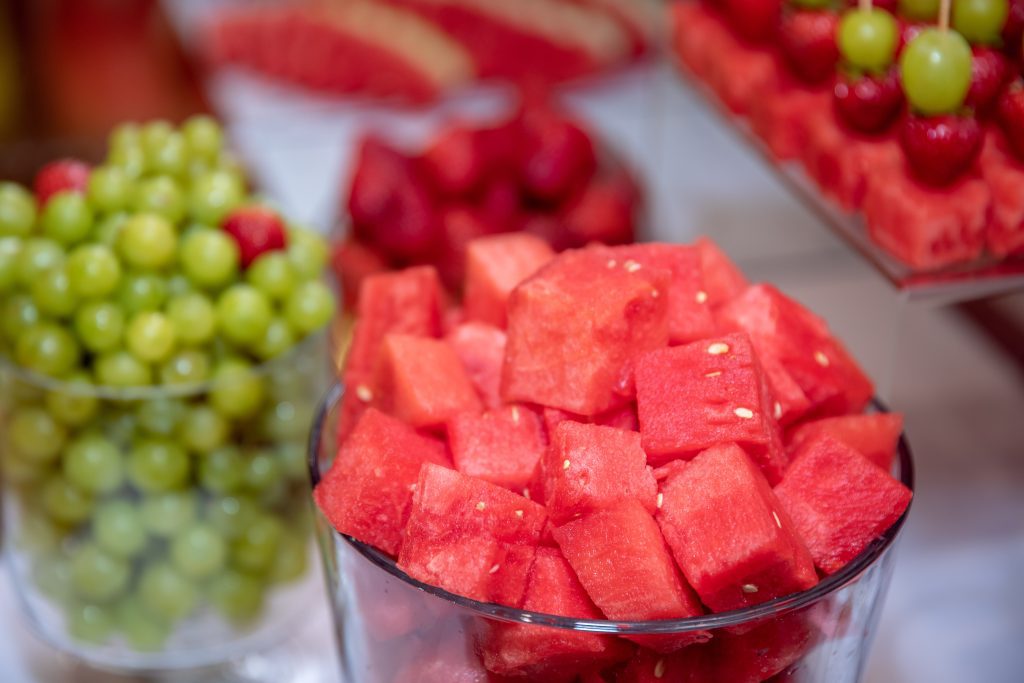
Boissons (Beverages)
Boisson is the French term for Beverages. All types of hot or cold beverages, Tea, Coffee etc. are served. Always remember that while compiling menus beverages are not counted as a course. Examples of coffee, and tea varieties.

Conclusion:
In conclusion, the French classical menu offers a wide variety of dishes that are rich in flavour and history. From the appetizers to the desserts, each course is carefully crafted to create a harmonious and satisfying dining experience. Whether you are a food enthusiast or a curious traveller, a French classical menu is definitely worth exploring.
In this article 17 French Classical Menu, I have tried covering most of the examples for each course. I would love to hear some more examples that you all have come across. I welcome all the suggestions from you all foodies. Please do comment on the comment sections.

